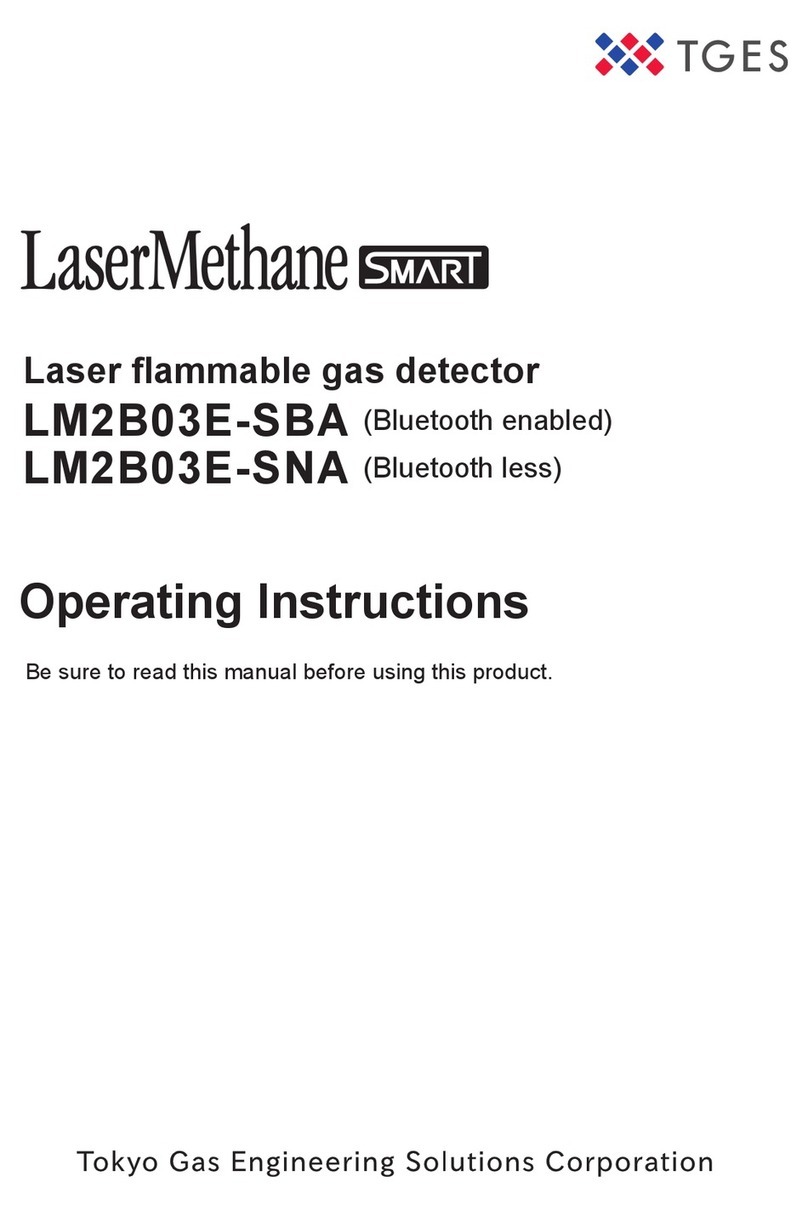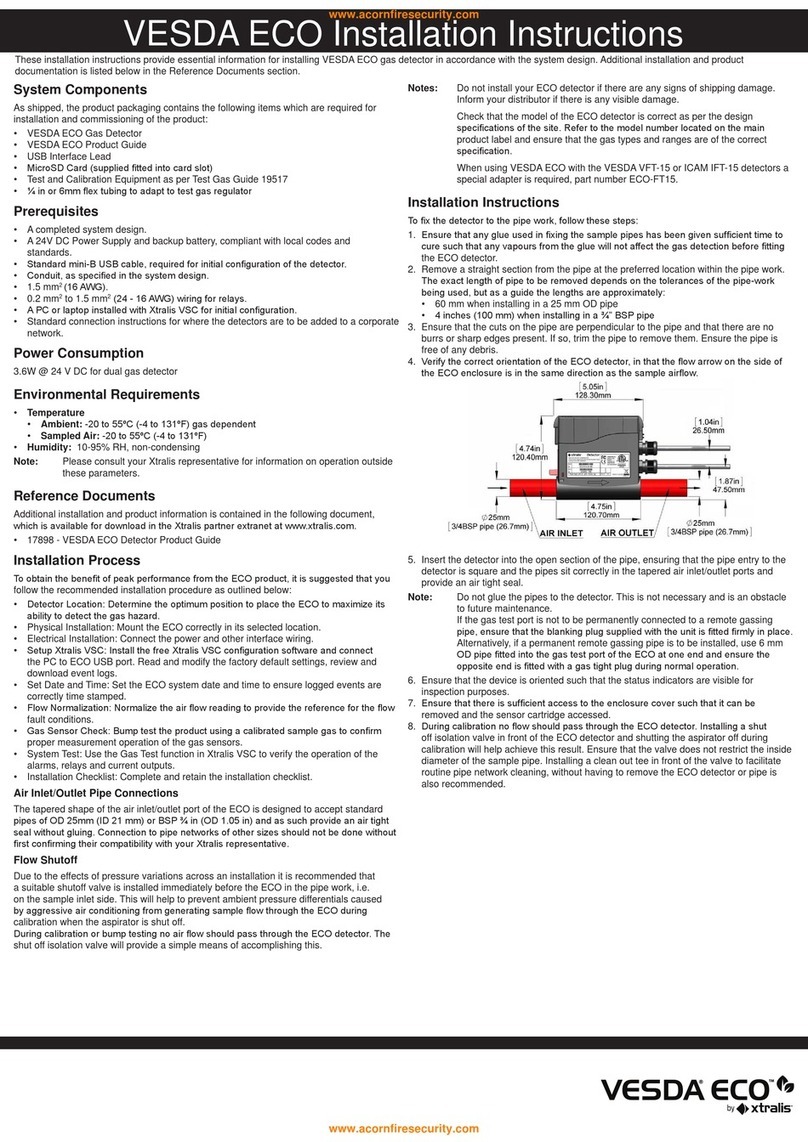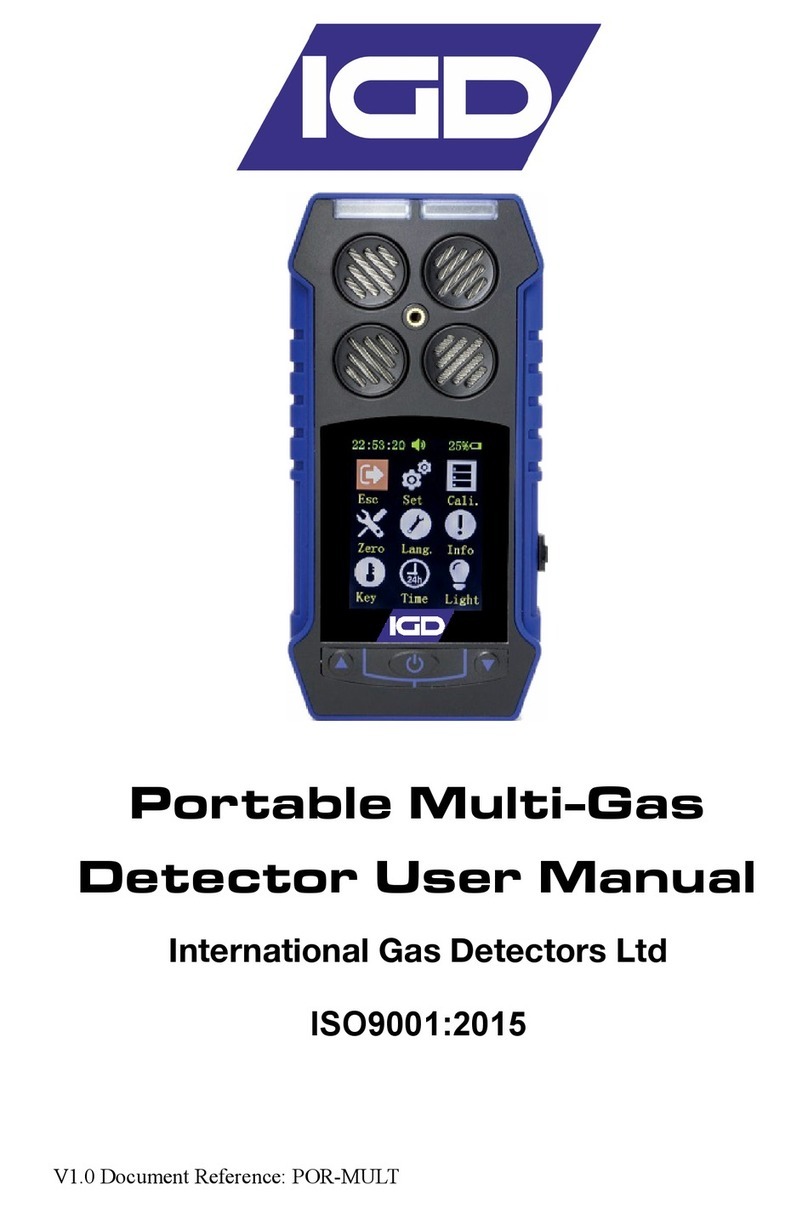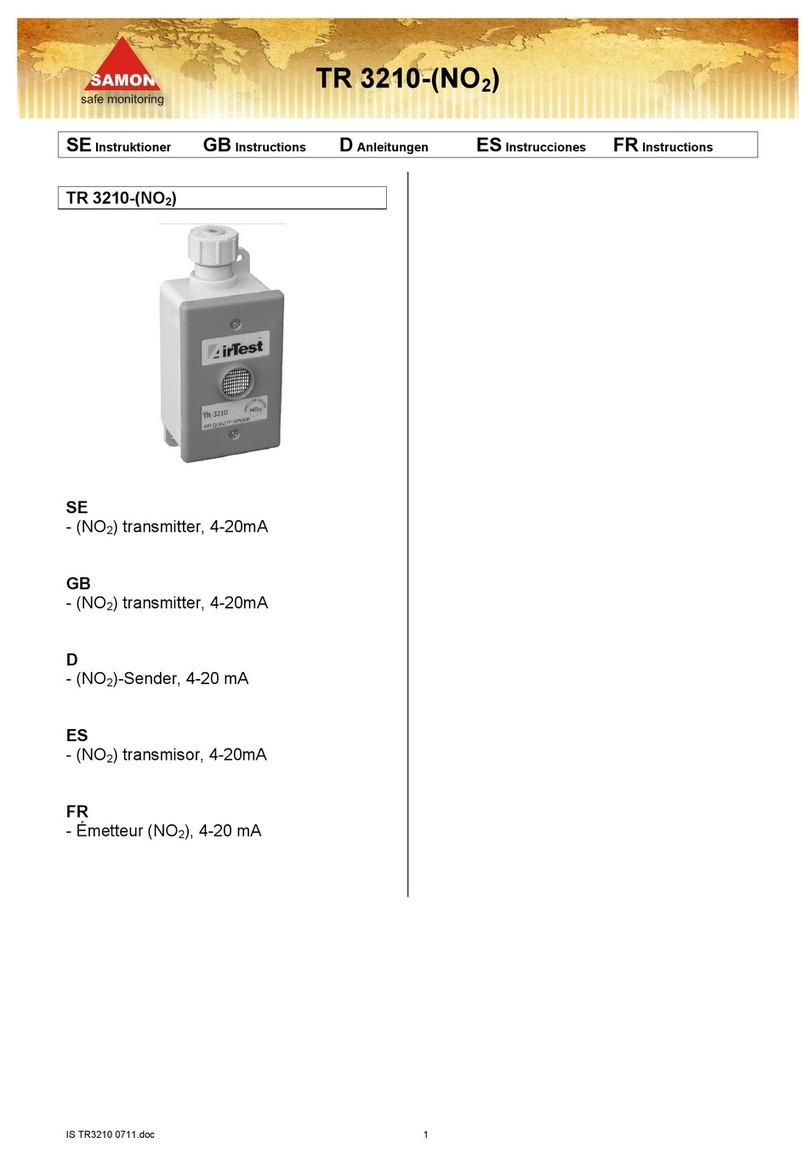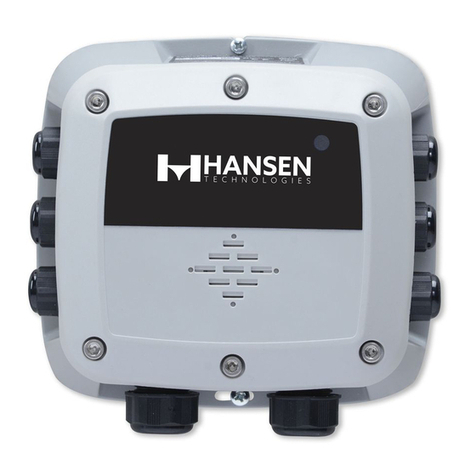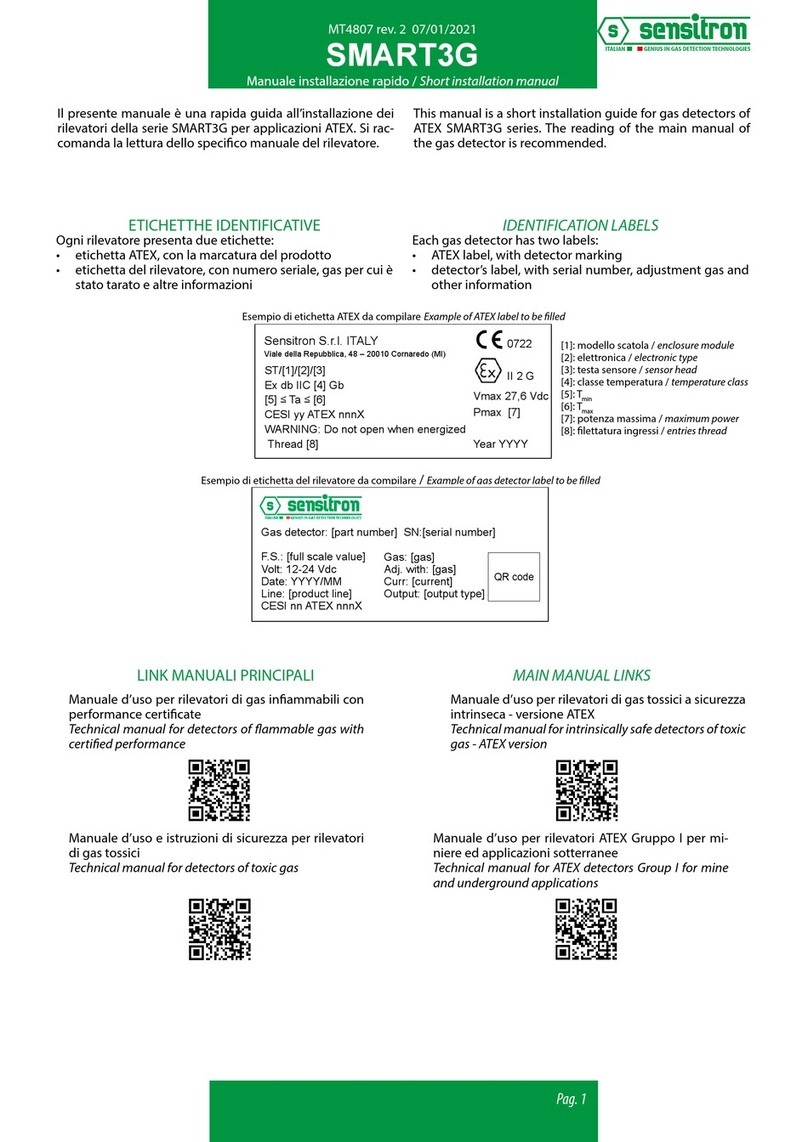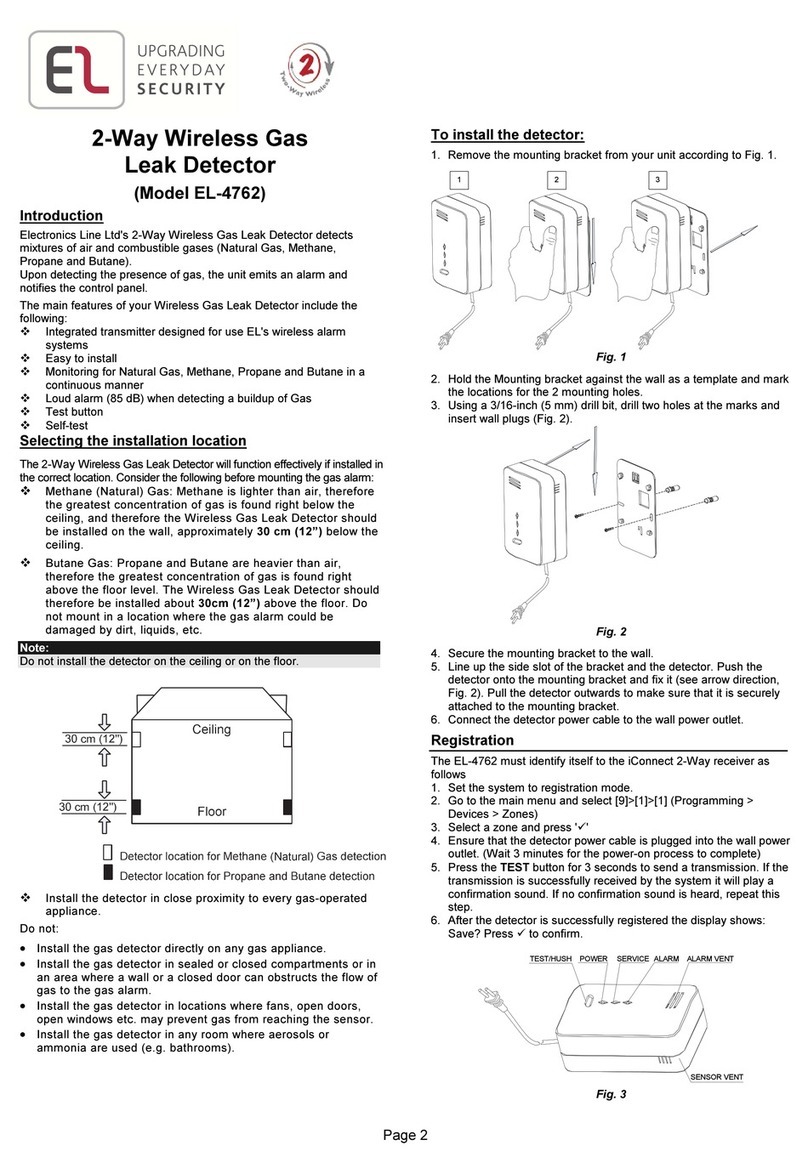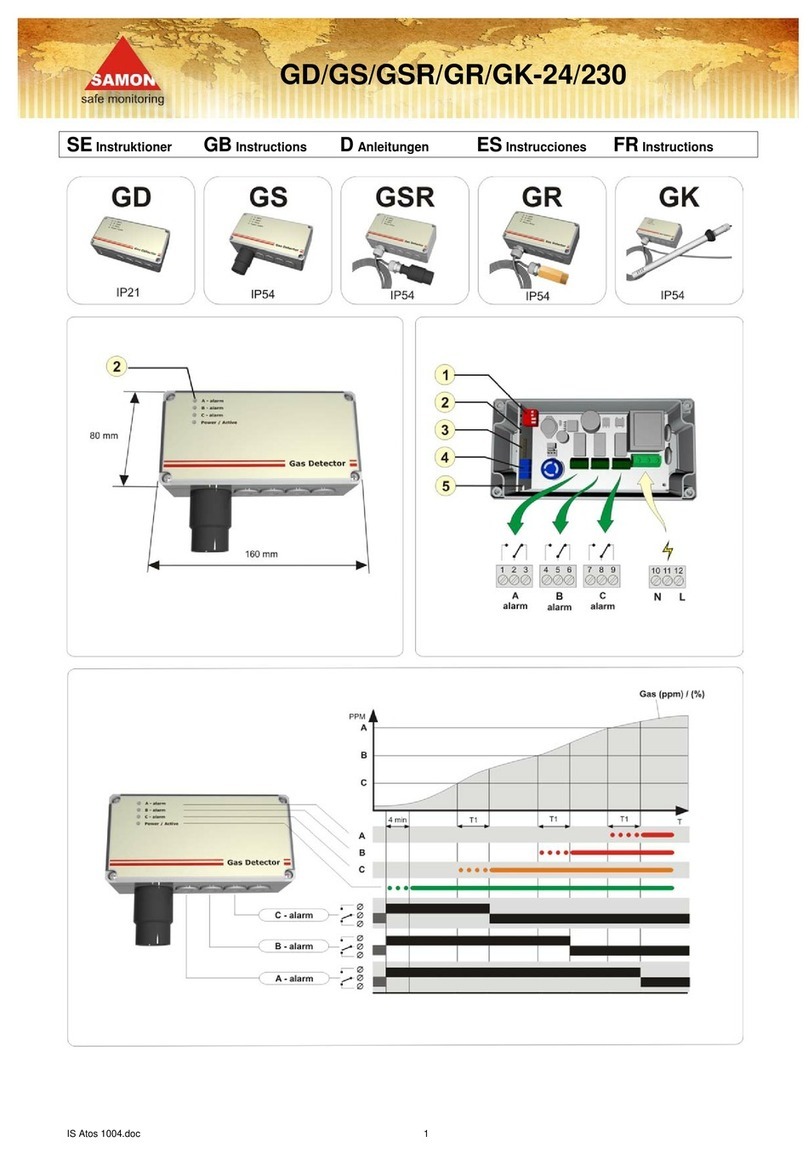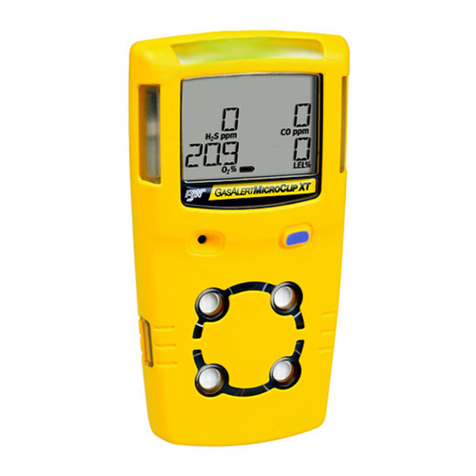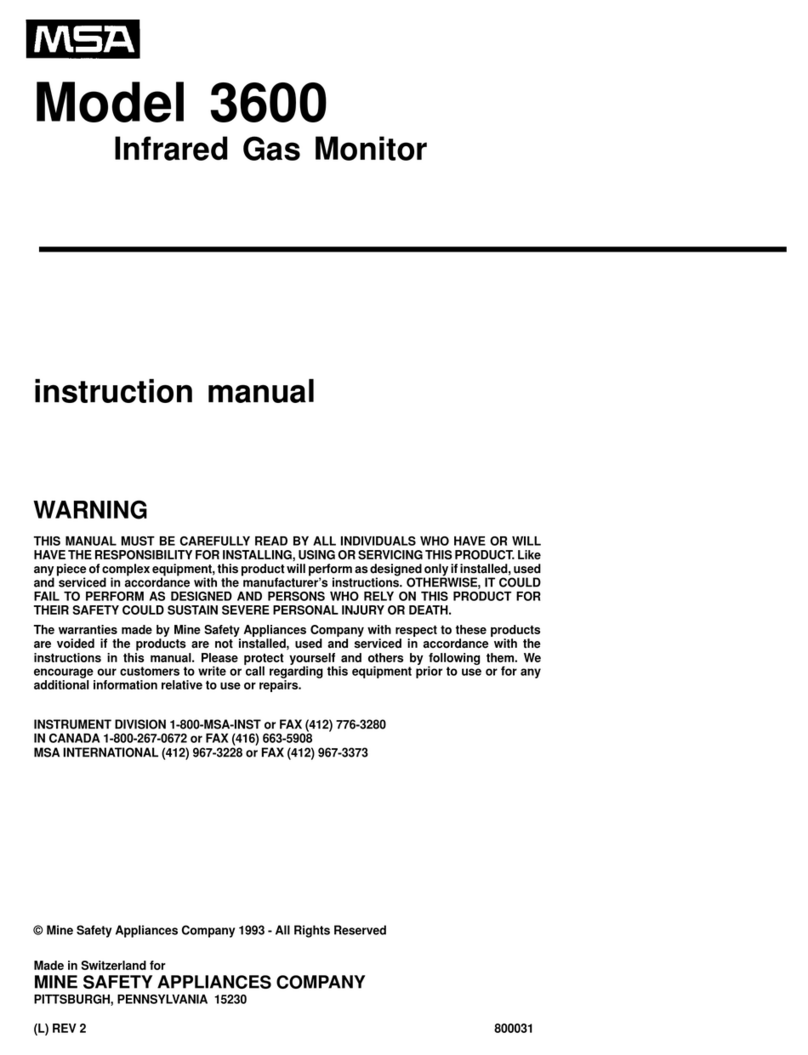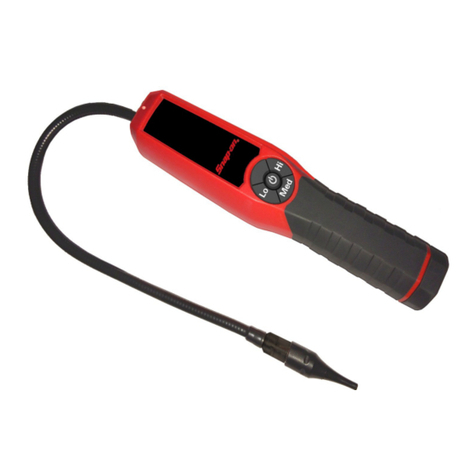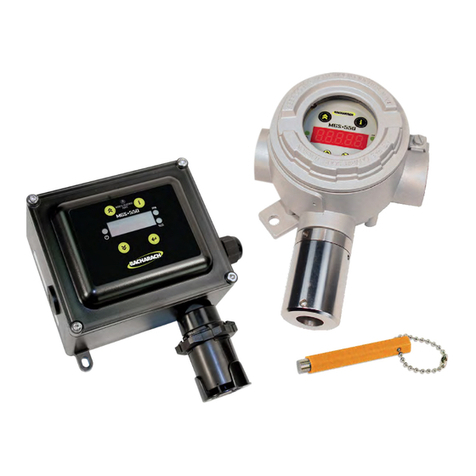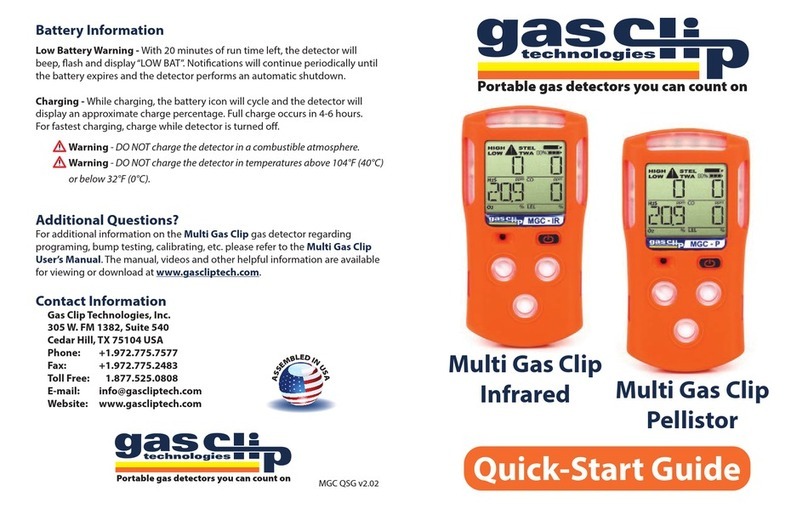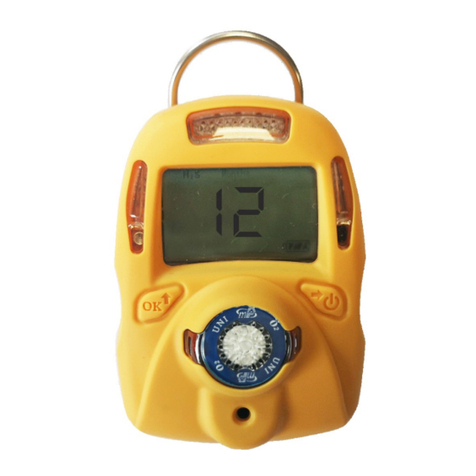
NetSafetyMonitoringInc.
9
MAN-0047 Rev 12 MLP-A/AR/AD-SC1100 & MLP- LP-A/AR/ARS-SC1100
Mount
The controller should be mounted near eye-level and be easily
accessible for calibration and maintenance purposes. The sensor
should be placed where gas is likely to accumulate.
Ensure all devices are securely mounted, taking into consideration all
requirements.
SECTION 3: Wire
Field Installation
Warning Wiring codes and regulations may vary. Wiring
must comply with applicable regulations relating to the installation
of electrical equipment in a hazardous area and is the responsibility
of the installer. If in doubt, consult a qualified official before wiring
the system. See some wiring considerations below.
•If the 4-20 mA signal is not used, connect a jumper between
the 4-20 mA terminal and the Common terminal.
•The use of shielded cable is highly recommended for signal,
input, output and power wires to protect against interference
caused by extraneous electrical or electromagnetic 'noise'.
•In applications where the wiring cable is installed in conduit,
the conduit must not be used for wiring to other electrical
equipment.
•The maximum distance between sensor and controller is
limited by the resistance of the connecting wiring, which is a
function of the gauge wire being used. See Appendix B.
•When developing a RS-485 chain of devices, the last device
in the chain requires end of line termination.
•RS-485 connection 2-wire, multipoint serial line.
Seal
The use of seals is recommended to further protect the system
against any unwanted water ingression, and equipment should be
installed according to applicable local electrical codes. Seals are
especially recommended for installations that use high-pressure or
steam cleaning devices in proximity to the transmitter and/or sensor.
•Water-proof and explosion-proof conduit seals are
recommended to prevent water accumulation within the
enclosure.
•Seals should be located as close to the device as possible and
not more than 18 inches (46 cm) away.
•Explosion-proof installations may require an additional seal
where conduit enters a non-hazardous area. Ensure
conformity with local wiring codes.
•When pouring a seal, use a fibre dam to ensure proper
formation of the seal. Seals should never be poured at
temperatures below freezing.
•The jacket and shielding of the cable should be stripped back
to permit the seal to form around the individual wires. This
will prevent air, gas and water leakage through the inside of
the shield and into the enclosure.
•It is recommended that explosion-proof drains and conduit
breathers be used. In some applications, alternate changes in
temperature and barometric pressure can cause 'breathing'
which allows moist air to enter and circulate inside the
If necessary use the Face Rotation Option to mount the
Millennium Controller at a different orientation. Refer to “Face
Rotation Option” for detailed instructions.




















